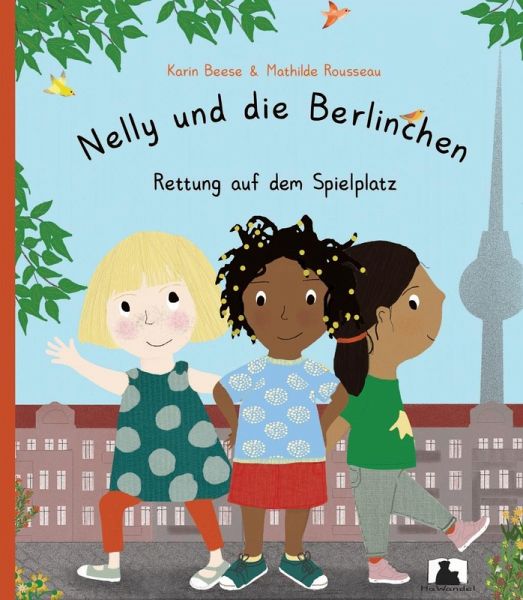'When we put down a story, we will never be zero' (Roy)
 |
| From the independently published book Princess and the Power of Melanin (2018) |
Why we read and why writers write...beautifully told by Arundhati Roy: 'Sometimes I need to write to think – to love, to be loved, to never forget your own insignificance, to never get used to the unspeakable violence and the vulgar disparity of life around you, to seek joy in the saddest places, to pursue beauty to its lair, to never simplify what is complicated, or complicate what is simple, to respect strength, never power. Above all, to watch, to try and understand, to never look away. And never, never to forget'.
And here is why a more diverse place for writers and readers is needed - because the world has never only been white, Christian, middle-class and heterosexual; because Black and People of Colour are very much part of national (w)holes, because children of all shades and hues have a right to see themselves represented as they are, to see their colour and religion in the police officers there to protect us, in the doctors there to heal us and in the parents and teachers there to nurture us and most importantly, a diverse place of union is needed because it doesn't yet exist. Far too many children's books here in Germany where I live, alienate and pathologise difference, reproduce and perpetuate a fake, partial and biased world which many kids cannot identify with. In this light, I would like to mention this book list to support anti-racist activism, reposted from the Official Journal Blog.
Here are some alarming observations quoted in the text:
'As early as 3–6 months of age, babies begin to notice and express preference by race (Bar-Haim, 2006). Between the ages of 3 and 5, children begin to apply stereotypes, categorize people by race, and express racial bias (Winkler, 2009). White North American children begin to report negative explicit attitudes toward people of color as early as age 3 (Baron, 2006). By age 3, children also use racist language intentionally — and use it to create social hierarchies, evoke emotional reactions in people of color, and produce harmful results (Van Ausdale, 2001). By 6 years of age, children demonstrate a pro-white/anti-Black bias (Baron, 2006). Adolescents, when looking at Black people’s faces, show higher levels of activity in the area of the brain known for its fight-flight reactions (Telzer, 2013).
The text further emphasises: 'To counter racist socialization and racial bias, experts recommend acknowledging and naming race and racism with children as early and as often as possible. Children’s books are one of the most effective and practical tools for initiating these critical conversations, and can also be used to model what it means to resist and dismantle oppression'
The 31 children's books listed in the Official Journal Blog consist mostly of empowering Black figures in American history whose stories have been 'fictionalised' in picture books for children. Names include Malcolm X, Lena Horne, Arturo Schomburg, Viola Desmond and Florence Mills. The discrimination and segregation faced by Hispanic Americans are also thematised in a few of the listed books. This is an example of how we can start to empower our kids and try to seek out local examples to reinforce the message, while counteracting mainstream, harmful examples.
Empowerment does not only start with selecting appropriate material and ensuring that your child has a broad range of 'mirror' and 'window' books. It is also about discussing the books you may find unworthy, about daring to criticise a book with a child and saying what you would have liked to see happen, about saying how sick and tired you are of only blonde, blue-eyed protagonists and inviting your child to change the hair and skin colour in the 'sacred' text, it's about daring to change the pronouns in the stories you read and being astonished by the deep-rooted patriarchy and established gender roles....it's about opening your child's imagination to the reality of books - pictures and stories that someone made up...but these stories can be changed, adjusted and rewritten when it doesn't represent you!




